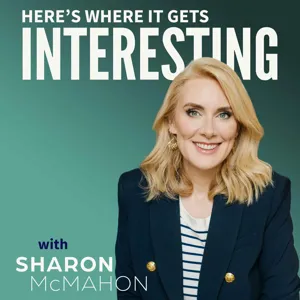How History Can Give Us Hope with Dr. Jemar Tisby

Hosted on Acast. See acast.com/privacy for more information.
Explore "desegregation" with insightful episodes like "How History Can Give Us Hope with Dr. Jemar Tisby", "154. Momentum: The Ripples Made by Ordinary People, Part 9" and "Dul-Sayin' - Racism and Public Swimming Pools" from podcasts like ""Here's Where It Gets Interesting", "Here's Where It Gets Interesting" and "The Daily Show: Ears Edition"" and more!

Hosted on Acast. See acast.com/privacy for more information.

Today in our special series, Momentum: Civil Rights in the 1950s, Sharon begins by picking up after the Brown vs. Board of Education decision was released. The courts ordered for integration “with all deliberate speed” which meant slowly and over time. This vague order left room for schools to drag their heels or ignore the ruling all together.
A young student activist in Farmville, Virginia, Barbara Johns, organized and led a student strike, peacefully engaging with administrators to provide students with equal facilities, and later, integration. Fearing for her safety from angry community members, Barbara’s parents sent her out of town to finish high school. But Farmville wasn’t the only community that resisted integrated schools, and White Citizens’ Councils sprang up across Southern states. Many whites felt that integration was taking away states’ rights and causing chaos between the races.
Nevertheless, integration persisted as school districts and states lost cases in courtrooms across the country. Time and again, who do we see being the catalyst for civil rights change? Who pushed for brighter futures for themselves? Children. Next time, Sharon will introduce us to another young girl whose act of defiance and bravery lead to a tidal wave of change.
Hosted on Acast. See acast.com/privacy for more information.

Dulcé Sloan examines the history of America's once-popular public swimming pools and explains how racism led to their sudden decline in the 1950s.
Learn more about your ad-choices at https://www.iheartpodcastnetwork.com
See omnystudio.com/listener for privacy information.
Stay up to date
For any inquiries, please email us at hello@podcastworld.io